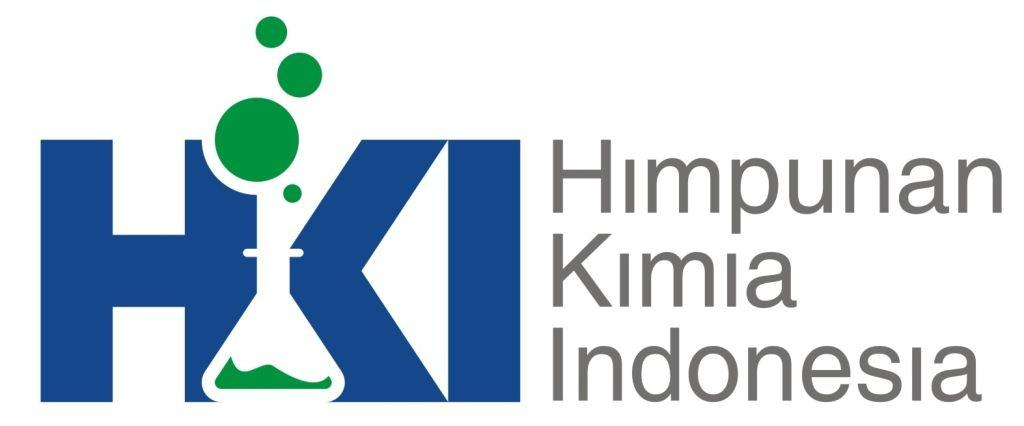Penentuan Hidrokuinon dalam Sampel Krim Pemutih Wajah secara Voltammetri Menggunakan Screen Printed Carbon Electrode (SPCE)
Abstract
Hydroquinone in whitening face cream has been banned since 2008, but is still found facial bleaching creams containing hydroquinone. Therefore, in this study have been developed voltammetric method for the determination hydroquinone in face whitening cream. This study has been carried out optimization of pH and measurement conditions. Optimizationof pH has been done in cyclic voltammetry, while the optimization of measurement carried out by differential pulse voltammetry. In this study, using a screen printed carbon electrode with a three electrode system. The results showed that the increase in pH causes a decrease in the anodic peak potential (Epa) of hydroquinone. The optimum conditions resulted at pH 2 in which the anodic current (Ipa) is the highest. The optimum condition resulted at high pulse 200 mV and scan rate at 15 mV/sec. The linear regression concentration is 1-100 μM, limit of detection is 0.015 μM and sensitivity is 0.0652 μM/µA. The results showed that the concentration of hydroquinone in the face whitening cream samples ranged from 0 to 0.02%
DOI :http://dx.doi.org/10.15408/jkv.v0i0.3145.
Keywords
References
Anonim. 2012. Hydroquinone and benzoquinone. Netherland: The Health Council of the Netherlands Report.
DP Bhatt, M Anbuchezian, R Balasubramanian, R Udhayan, VK Venkatesan 1993. Cyclic voltammetric study of quinone-hydroquinone organic system in aqueous magnesium perchlorate electrolyte. J. Power Sources. 45: 177.
DR Lide (Editor). 2005. CRC Handbook of Chemistry and Physics, 85th ed. New York (USA): CRC Press LLC.
D Zhang, X Feng, L Jia, S Wang. 2009. Simultaneous determination of hydroquinone and catechol at PASA/MWNTs composite film modified glassy carbon electrode. Colloids Suraface B. Biointerfaces. 74: 317.
F Scholz (Editor). 2010. Electrochemical Methods, 2nd, ed. Berlin : Springer.
J Wang, H Yin, X Meng, J Zhu, S Ai. 2011. Preparation of the mixture of graphene nanosheets and carbon nanospheres with high adsorptivity by electrolyzing graphite rod and its application in hydroquinone detection. J. Electroanal. Chem. 662: 317.
M Gillner, GS Moore, H Cederberg, K Gustafsson. 1994. Enviromental Health Criteria Hydroquinone. Geneva (USA): World Health Organization.
Peraturan Kepala Badan Pengawas Obat dan Makanan. 2011. Persyaratan Teknis Bahan Kosmetika. Jakarta (ID): BPOM.
P Cervini, ETG Cavalheiro. 2006. Determination of hydroquinone in a square wave voltammetry procedure using a graphite-polyurethane composite electrode.. Eclectica Quimica. 31: 59.
Q Guo, J Huang, P Chen, Y Liu, H Hou, T You. 2012. Simultaneous determination of catechol and hydroquinone using electrospun carbon nanofibers modified electrode. Sensor & Actuators B.163: 179.
S Hu, Y Wang, X Wang, L Xu, J Xiang, W Sun. 2012. Electrochemical detection of hydroquinone with a gold nanoparticle and graphene modified carbon ionic liquid electrode. Sensor & Actuators B. 168: 27.
TC Tsai, BM Hantash. 2008. Cosmeceutical Agents: A Comprehensive Review of the Literature. Clinical Medicine Insigths: Dermatology.1: 1.
X Zhou, Z He, Q Lian, Z Li, H Jiang, X Lu. 2014. Simultaneous determination of dihydroxybenzene isomers based on graphene-graphene oxide nanocomposite modified glassy carbon electrode. Sensor & Actuators B. 193: 198-204.
Z Hong, L Zhou, J Li, J Tang. 2013. A sensor based on graphitic mesoporous carbon/ionic liquids composite film for simultaneous determination of hydroquinone and catechol. Electrochim. Acta.109: 671.
DOI: 10.15408/jkv.v0i0.3145
Refbacks
- There are currently no refbacks.
Copyright (c) 2019 Ani Mulyasuryani, Alfita Savitri

This work is licensed under a Creative Commons Attribution-ShareAlike 4.0 International License.

